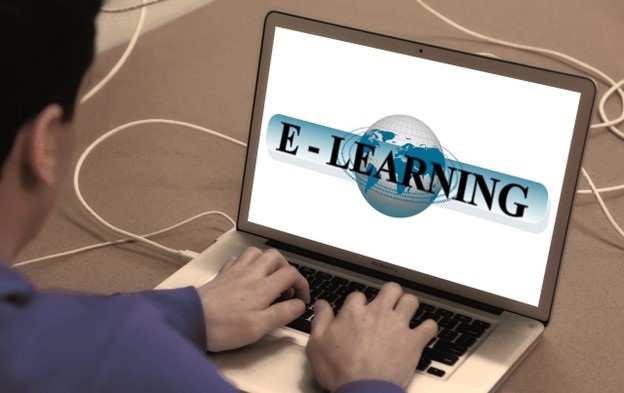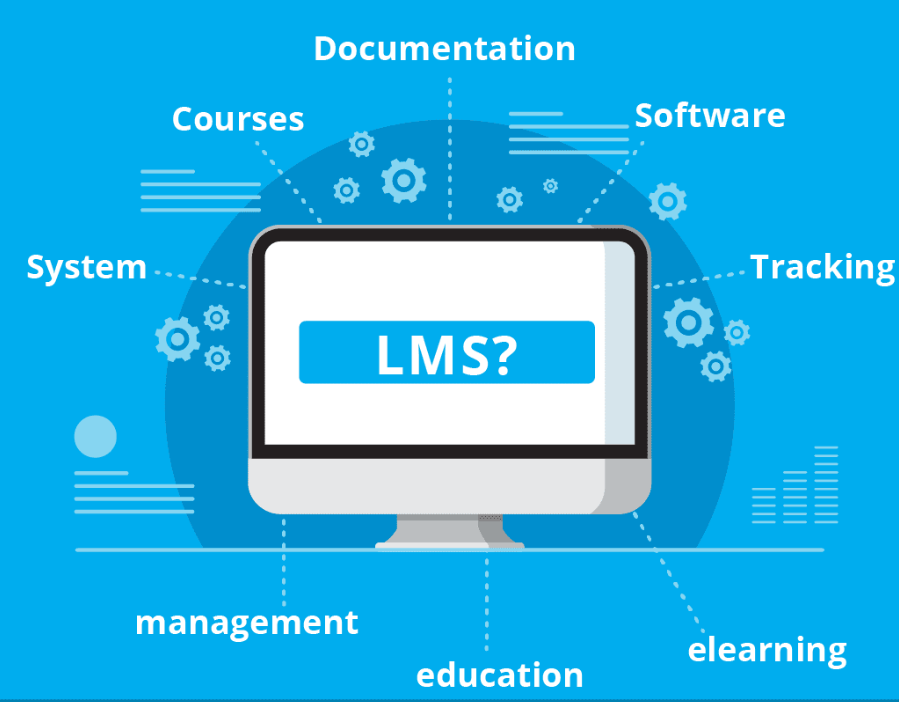In this rapidly evolving landscape of modern education and technology, staying updated with the latest terms and abbreviations can sometimes be pretty challenging. One such term that gained significant prominence in recent years is LMS, which is short for Learning Management Systems. So, if you ever wondered what do LMS mean in text, this post will be of help. Whether you are a student, educator, or simply someone curious about the world of e-learning, understanding what does LMS stands for is essential. In this post, we will talk about the meaning of this abbreviation, the significance of Learning Management Systems, and why they matter so much in today’s educational ecosystem.
LMS abbreviation refers to a digital platform, software, or web-hosted that facilitates the creation, management, and delivery of online courses and training programs. LMS platforms serve as centralized hubs that can be accessed by educators, students, and administrators from any place on Earth with an internet connection. Because of this unmatched accessibility, Learning Management Systems are considered a real game-changer in the education industry.
Understanding what does LMS mean in text, its core features, and its numerous advantages is highly important today for educators, learners, business owners, or even professionals looking for upskill opportunities. As the education industry continues to integrate technology, knowing about such popular tools is essential for effectively navigating digital learning environments. Due to the COVID-19 pandemic, demand for online learning solutions has grown significantly. More and more organizations, institutions, and nonprofits are looking for technologies able to facilitate remote and hybrid learning models, so LMS will remain a vital tool in the education industry for years to come.

Now that we have established what does LMS mean, let’s delve deeper and discuss its key features that make it such an important tool for today’s education.
- Course Management. This fictionality empowers educators to design, structure, and organize their courses in a user-friendly manner. Course management starts with content creation, when teachers and administrators upload various custom and third-party content, such as texts, multimedia, or interactive elements, into LMS. Then, content is structured into modules or topics for more straightforward navigation. After that, the LMS platform serves as a repository for all course-related materials, ensuring quick and easy access by both students and educators.
- Collaboration Tools. LMS solutions encourage collaboration and communication among learners and educators, fostering a sense of community in the digital classroom setup. Key features that enable this are discussion forums, live chats, instant messaging, virtual classrooms, video conferences, and group projects.
- Assessment and Grading. These features can seamlessly streamline the evaluation process and provide valuable, timely feedback to learners. Within a Learning Management system, educators can create various types of assessments, like quizzes, tests, or interactive assignments. Most modern LMS platforms support different question types, digital grade books, and automated grading features.
- Progress Tracking and Analytics. LMS platforms provide precious insights into learners’s engagement, performance, and completion rates, aiding educators in optimizing their teaching strategies and tailoring course content. Also, with modern Learning Management Systems, students can access and monitor their own progress metrics, which is great for self-improvement and identifying areas in need of attention.
- Accessibility and Customization. One of the main focuses of modern education is accessibility and personalization to cater to diverse learners’ needs. LMS interfaces are usually designed to be responsive and able to adapt to various devices and screen sizes, which is perfect for self-paced learning and seamless user experience on various gadgets. Also, today, most of the Learning Management Systems adhere to accessibility standards, ensuring that educational materials are available for students with disabilities.

We already established why it is so essential to understand what do LMS mean in text and know its definition, but the importance of these tools can’t be overstated. Let’s explore the profound impact of these platforms on modern education in more detail.
- Flexibility and Convenience. LMS solutions are constantly breaking down constraints of time and location. Learners can easily access course materials and engage in educational activities at their own convenience and according to their personal schedules. This is especially beneficial for students with full-time jobs or family commitments and professionals looking for ongoing education.
- Global Reach. LMS eliminated geographical barriers and enabled educational institutions to reach learners from all around the world easily. This globalization of education is especially beneficial for students from remote areas and underserved communities. Also, it fosters cross-cultural understanding and diverse perspectives in the classroom.
- Personalized Learning. Learning Management Systems empower educators to tailor course content and activities to individual learners’ needs and preferences. Adaptive learning algorithms within LMS often provide customized recommendations, making an educational journey more engaging and effective.
- Engagement and Interaction. Such interactive tools as discussion forums, live chat features, simulations, social learning elements, and group projects enhance students’ attention and create a dynamic learning environment. LMS enables learners to participate, share insights, and collaborate with peers actively.
- Data-Driven Insights. The advanced analytics and reporting capabilities of modern LMS platforms provide educators with unique insights into learners’ behavior, progress, completion rates, and areas for improvement. This data is essential for instructional strategies, allowing teachers to fine-tune their approaches and methodologies and organizations to alter course offerings and content plans.
- Efficiency and Resource Optimization. LMS is able to streamline many administrative tasks like enrollment, grading, and course distribution. This automation frees a lot of educators’ time and enables them to focus more on high-quality course content and individualized feedback and support.
- Accessibility and Inclusivity. LMS is a perfect option for learners with disabilities. They can access online courses from the comfort of their own home. Also, Learning Management Systems usually provide such options as text-to-speech functionalities and customizable font sizes.
- Cost-Effectiveness. LMS always leads to cost-saving for organizations and institutions by reducing the need for paper-based printed materials, renting physical classrooms, travel expenses for students, and optimizing overall resource allocation.
In this digital age, knowing what LMS stands for is essential. These tools are considered a beacon of innovation in modern education. Its ability to democratize education and transcend traditional boundaries allowed educators and students from all over the world to harness the power of technology in online learning fully. Understanding LMS abbreviations, definitions, and critical features is crucial for keeping up with the times and embracing the future of education.

